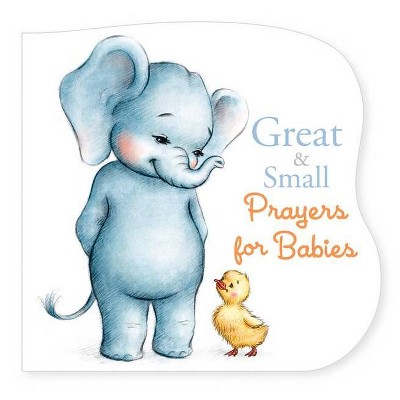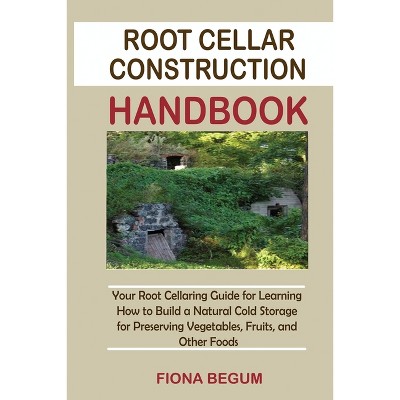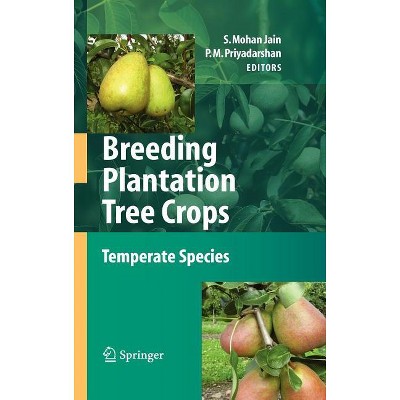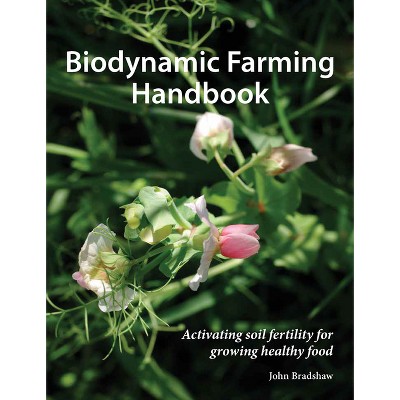Sponsored

Root and Tuber Crops - (Handbook of Plant Breeding) by J E Bradshaw (Paperback)
$210.99Save $9.00 (4% off)
In Stock
Eligible for registries and wish lists
Sponsored
About this item
Highlights
- It is important to include Tuber and Root Crops in the Handbook of Plant Breeding.
- About the Author: John Bradshaw is a Honorary Fellow of the Scottish Crop Research Institute, having spent the whole of his 34 year career there as a plant breeder and geneticist.
- 298 Pages
- Science, Biotechnology
- Series Name: Handbook of Plant Breeding
Description
Book Synopsis
It is important to include Tuber and Root Crops in the Handbook of Plant Breeding. They include starchy staple crops that are of increasing importance for global food security and relief of poverty, important millennium goals for the United Nations. Indeed, 2008 was the UN International Year of the Potato in recognition of this role of the potato as the world's third most important food crop after wheat and rice. The other major staples are cassava, sweetpotato and yam. Together they occupy about 50 million hectares, with production at 640 million metric tons, of which 70% is in developing countries. In total there are more than 30 species of Root and Tuber Crops grown in the world today. Given the content of other volumes in the series, it makes sense to include sugar and fodder beets; swedes and turnips; and minor root and tuber crops so that the book series is as complete as possible. Like the other volumes in the series, this one will present information on the latest in applied plant breeding using the current advances in the field, from an efficient use of genetic resources to the impact of biotechnology in plant breeding. Seven crop specific chapters are proposed, together with an introduction to this diverse set of plant species. Outstanding scientists for each crop species are proposed as senior authors, who may invite co-authors to contribute part of a chapter. In order to increase the overall acceptance of the volume, balance will be sought with authors from different research groups/countries who will be asked to contribute and collaborate where appropriate. The book should be of interest to researchers in both academic and industrial settings, and in both developed and developing countries, as well as students and teachers of plant breeding. It is currently extremely important to educate and train a new generation of plant breeders given the challenges faced by humankind in producing more food for an expanding global population during a period of environmental (including climate) change.From the Back Cover
Root and Tuber Crops John Bradshaw Editor A number of root and tuber crops were first domesticated several thousand years ago, but none became important on a global scale until after the end of the 16th century. Today the potato is the world's third most important food crop (314 million tonnes produced in 2008), after wheat and rice. Cassava (233) is the most important root and tuber crop in the tropics where it is a primary staple food in many of the poorest countries, and the sweet potato (110) is also a food staple in Asia, Africa and America. Sugar beet (228) provides about one quarter of the world's sugar production from crops grown in temperate climates. Yams (52) are also important staple food crops in tropical and subtropical regions. Although Taro and Cocoyam are minor crops, they do provide a staple food for poor people in Africa, Asia and America. From the 1800s, fodder beet, swedes and turnips became important for feeding to livestock in temperate climates but they have nowbeen replaced as major crops for animal feed by cereals and silage. The extent to which root and tuber crops are benefiting from modern breeding methods and new biotechnologies reflects both their own economic importance and that of their close relatives. All of this is covered together with past achievements, current breeding objectives and utilization of genetic resources. The book will be of value both to students of plant breeding and professional plant breeders, as well as to anyone interested in this fascinating group of root and tuber crops. The Handbook of Plant Breeding-Root and Tuber Crops is a volume devoted to 10 of the most important root and tuber crops and is divided into eight chapters: Potato (Solanum tuberosum), Cassava (Manihot esculenta), Sweet Potato (Ipomoea batatas), Yams (Dioscorea spp.), Taro (Colocasia esculenta) and Cocoyam (Xanthosoma sagittifolium), Sugar Beet (Beta vulgaris), Fodder Beet (Beta vulgaris), and Swedes (Brassica napus) and Turnip (Brassica rapa). Chapters have been written by experts on the crops with wide knowledge of their breeding. In order to provide uniformity with the other volumes in the Handbook of Plant Breeding, each chapter is divided into the following sections: Introduction, Origins and Domestication, Varietal Groups (where appropriate), Genetic Resources, Major Breeding Achievements, Current Goals of Breeding, Breeding Methods and Techniques, Integration of New Biotechnologies in Breeding Programs and Seed (Tuber/Commercial) Production. About the Editor: John Bradshaw is a Honorary Fellow of the Scottish Crop Research Institute, having spent the whole of his 34 year career there as a plant breeder and geneticist. Throughout his career he has been a member of the European Association for Research on Plant Breeding (EUCARPIA) and served as Chairperson of the Section Potatoes. He has travelled widely and written extensively on plant breeding, as well as serving on the editorial boards of a number of scientificjournals.About the Author
John Bradshaw is a Honorary Fellow of the Scottish Crop Research Institute, having spent the whole of his 34 year career there as a plant breeder and geneticist. Throughout his career he has been a member of the European Association for Research on Plant Breeding (EUCARPIA) and served as Chairperson of the Section Potatoes. He has travelled widely and written extensively on plant breeding, as well as serving on the editorial boards of a number of scientific journals.Dimensions (Overall): 9.21 Inches (H) x 6.14 Inches (W) x .65 Inches (D)
Weight: .97 Pounds
Suggested Age: 22 Years and Up
Number of Pages: 298
Genre: Science
Sub-Genre: Biotechnology
Series Title: Handbook of Plant Breeding
Publisher: Springer
Format: Paperback
Author: J E Bradshaw
Language: English
Street Date: November 5, 2012
TCIN: 1006894243
UPC: 9781461426691
Item Number (DPCI): 247-11-7077
Origin: Made in the USA or Imported
If the item details aren’t accurate or complete, we want to know about it.
Shipping details
Estimated ship dimensions: 0.65 inches length x 6.14 inches width x 9.21 inches height
Estimated ship weight: 0.97 pounds
We regret that this item cannot be shipped to PO Boxes.
This item cannot be shipped to the following locations: American Samoa (see also separate entry under AS), Guam (see also separate entry under GU), Northern Mariana Islands, Puerto Rico (see also separate entry under PR), United States Minor Outlying Islands, Virgin Islands, U.S., APO/FPO
Return details
This item can be returned to any Target store or Target.com.
This item must be returned within 90 days of the date it was purchased in store, shipped, delivered by a Shipt shopper, or made ready for pickup.
See the return policy for complete information.
Frequently bought together

$8.49
MSRP $14.99
Buy 1, get 1 50% off select books
2 out of 5 stars with 1 ratings
Trending Non-Fiction

$15.68
Buy 1, get 1 50% off select books
4.8 out of 5 stars with 204 ratings

Highly rated
$19.31
was $20.98 New lower price
Buy 1, get 1 50% off select books
4 out of 5 stars with 67 ratings

$18.28
was $19.58 New lower price
Buy 1, get 1 50% off select books
4.7 out of 5 stars with 17 ratings

$4.59
MSRP $7.99
Buy 1, get 1 50% off select books
4.8 out of 5 stars with 124 ratings

$6.20
MSRP $10.95
Buy 1, get 1 50% off select books
4.8 out of 5 stars with 33 ratings

$7.09
MSRP $9.99
Buy 1, get 1 50% off select books
4.9 out of 5 stars with 46 ratings










